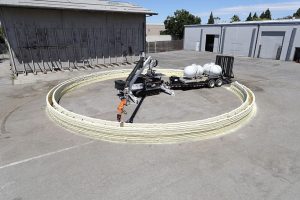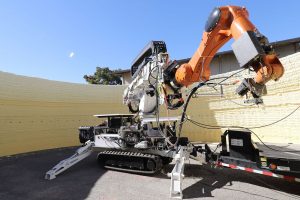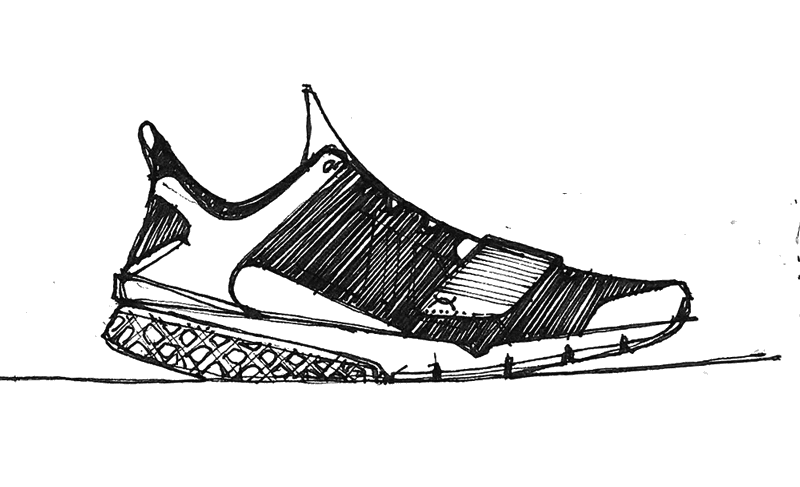
The MIT media lab consist of many research assistants who are both engineers and artists. They recently released a new project that produces data into a physical form through a voxel-based multi-material 3D printing. This project was very interesting because it converts data sets to process the information through a modernized 3D printer that allows the user to produce the intricate details of the art. Most 3D printing analysis the basic form and physicality of an object so that people can take a step forward to analyze the shape and size, but this voxel printing produces elaborated forms with different texts and materials of choice and alleviates altering data that possibly might lead to data loss.

Although this form does not have any function from their physical existence, it manifests the sharp details that the artist puts in the artwork. In the photo above, you can see how the voxel-based 3D printer prints the exact form of the blood vessels within the brain structure with specific gradient shades. From evaluating the visual features that would be produced from the data to converting these materials to a readable format for the printer, artists use this type of 3D printing that brings the artwork that is usually visualized in screen to a physical form that gives life to the final form of their aesthetic sensibilities.
This project is an advancement in their 3D printing technology. Thus, each of their works doesn’t have a specific title. Also, as read from the article, this project was initiated and completed in a group of MIT media lab workers.
![[OLD FALL 2018] 15-104 • Introduction to Computing for Creative Practice](../../../../wp-content/uploads/2020/08/stop-banner.png)




